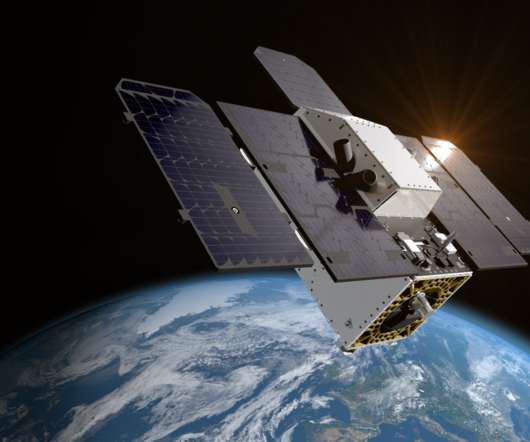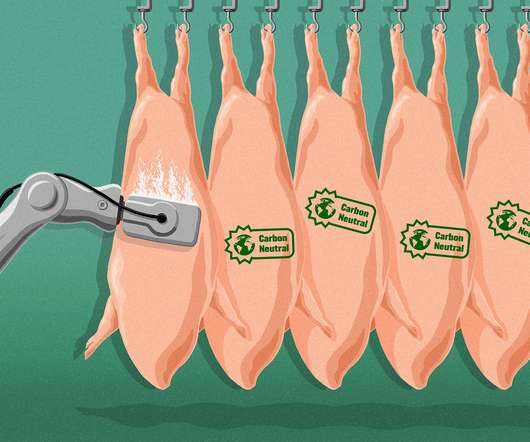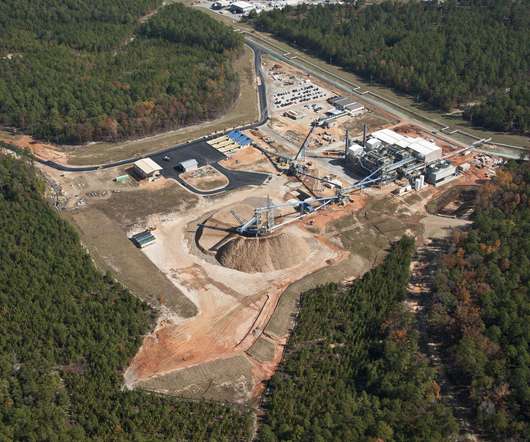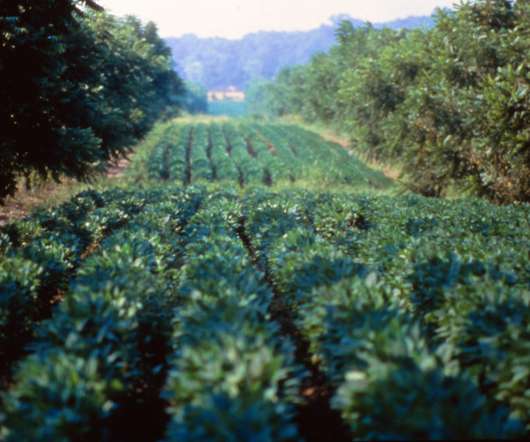Planet Announces New Details of Hyperspectral Offering
Planet Pulse
SEPTEMBER 19, 2022
This future hyperspectral satellites will be named Tanager, a colorful and visually diverse family of birds in Central and South America, and are designed to deliver hyperspectral data at a resolution of 30 meters with over 400 spectral bands.















Let's personalize your content